House History Blog
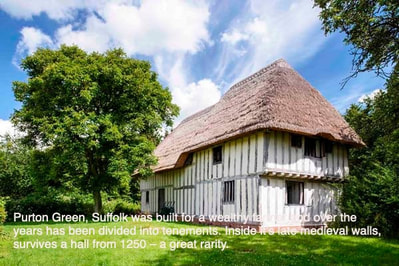 Purton Green, Suffolk was built for a wealthy farmer and over the years has been divided into tenements. Inside it’s late medieval walls, survives a hall from 1250 – a great rarity. Purton Green, Suffolk was built for a wealthy farmer and over the years has been divided into tenements. Inside it’s late medieval walls, survives a hall from 1250 – a great rarity.
Finding out more about the celebrations, dramas and tragedies of the people who lived in your house- discovering their stories - is dealt with elsewhere in detail. Here I take a look at how the ordinary house has evolved and look for clues which may help you date the age of your house.
Hopefully you have been lucky enough to have collected some documentary evidence, of which the most obvious are the deeds of the house. These should provide you with details of the building or reconstructiondate and possibly the names of former owners and sometimes tenants. But if you do not have these, or they are not clear, you are going to have to do some detective work to discover its approximate age based upon the evidence that the house presents today. However, it is not always clear nor easy to determine the age of a house, especially if it is an ordinary town house or rural building. Also, whilst many larger older houses have evidence of their history, smaller homes are not always so fortunate. Not only that but the status of a building whether residential or non-residential is likely to vary over the years. Houses that were built to suit a particular need or requirement may have been adapted when that use was no longer required. Many of the older houses we see today were not built as dwellings but for other purposes, and have been converted for use as homes. 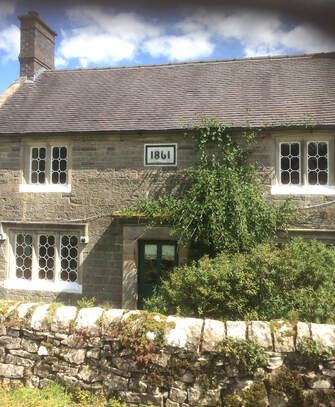 A date can help you determine how old your house is but be aware it may not be the date it was built A date can help you determine how old your house is but be aware it may not be the date it was built
To illustrate the dynamic role of the house over the years, just take a look today at the larger farmhouses which have been rehabilitated as luxury homes or bed and breakfast accommodation and the many smaller former workmens’ cottages that have been bought by people as a retirement or weekend home. Once the most basic of houses they have been converted and now serve people of a much higher social status than those that they were originally built for.
On the other hand we can see villas, especially in towns, that started life as a home for the wealthy and have since been subdivided into flats or tenements and are home to a completely different sort of resident. You only have to look at East London to see examples of how dramatically a building could change from a prestigious home to a tenement. In the 18th and 19th centuries rural dwellers moved to London in their droves to search for work and seek a better quality of life Landlords eager to take advantage, divided their buildings into flats and tenements which became insanitary and grossly overcrowded. The living conditions for people who lived in these houses were a million miles away from the rich merchants for whom the homes were built. So how do you date your house? Well, if you are really lucky you will find the house has a date on the front door, a chimney stack,or the external wall but even then you have to be careful because the date may not be when the house was first built. It could be the date when it was repaired or when a major or minor reconstruction had taken place. You may find your house has a fire insurance plaque. These plaques which are placed on the outside of the house date from the period when each insurance company maintained its own fire brigade. They only attended fires if the building in question was insured by them, hence the plaque outside. Finding these today is becoming rarer and anyway they were mainly found in towns and cities. 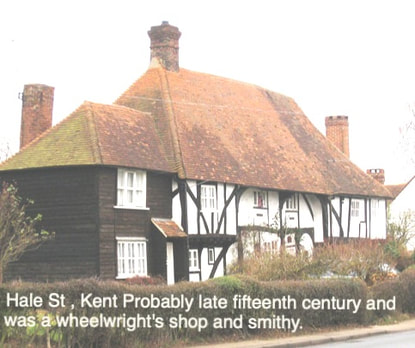
So without a date or any clues as to the age of your house we need to look for other clues and start by taking account of settings. Firstly, note if it is in a town or village street, in a small hamlet or isolated in a rural area? Does it have any distinguishing geographical features around it such as a stream or hill? If in a street, is it part of a terrace and are all the buildings uniform? Does it appear to be part of a large building now subdivided? Note how it compares in size, age and general character with the joining or nearby houses.
Very few small houses have survived before the Tudor period. Historians have had to rely on excavations on the sites of deserted mediaeval villages to find out more about them. At that time the house was not expected to last more than a lifetime and the evidence suggests that the earliest huts were basically circular or rectangular. In rural areas most small and medium-sized houses were built by landowners engaged in agriculture - particularly farmers of various classes. Whereas in towns the majority of houses were built by people employed in industry and commerce such as merchants and tradesmen. Having considered your homes environment we need see if there are any clues as to it’s former use that may help us. Lots of people in rural areas were employed in agricultural trades but there was also the need in every village for craftsmen whose houses included their workshops. Today these trades are long gone but their houses could still show evidence of it. After farming the most important rural trade was probably milling, with water and windmills going back to mediaeval times although most surviving examples only date from the 18thand 19thcenturies.
The mill usually had a mill house adjoining and many watermills survive today and have been converted into prestigious homes. We are less likely to see converted windmills.
Every village and town also required other craftsmen such as the wheelwright and smith which were vital trades in pre-industrial times. Their workshops and homes have in some cases survived.
In industrial areas trades such as spinning and weaving were important cottage industries and many of these homes have survived. Often these can be distinguished by the long horizontal windows on the upper floors which provided the necessary daylight for the looms.
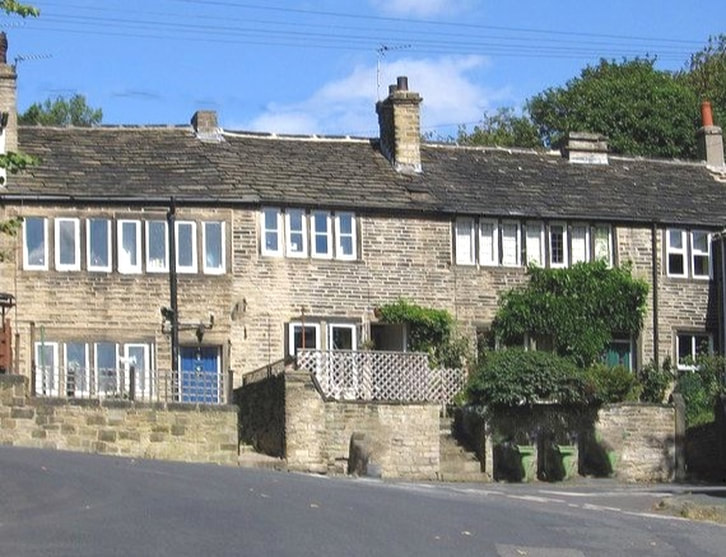 WEAVERS COTTAGE Colcar, West Yorks Late 18th century weavers house at Golcar WEAVERS COTTAGE Colcar, West Yorks Late 18th century weavers house at Golcar
In most cases chapels and churches converted to residential use can be easily recognised, but some former places of worship may not be so apparent. In the early days of non-conformity, particularly the Methodist movement the congregation often met at the houses of the leading members. So an ordinary looking house could have been a chapel A clue may often be found in the house names such as Chapel House, Bethal, Ebenezer, Glenorchy etc.

STREET NAMES
Whilst the name of a house could be a clue as to its former use, the street name may also provide evidence of it’s age, particularly from the 18th century onwards. The visit by a monarch or a national event could be celebrated by naming streets in honour of the occasion. Following a visit from George III new streets were given names like Gloucester Lodge, Gloucester Road ,Gloucester Row. Look for names that suggest a royal visit such as Royal Crescent, Royal Terrace. Waterloo Place or Victoria Terrace. Some place names are not what they seem. We might laugh at or be bemused by names like Ha-Ha Road in Woolwich but a ha-ha is a type of sunken fence that was commonly used in landscaped gardens and parks in the eighteenth century and so this might give us a clue as to it’s origins. Slag Lane so called because once when a carriage got stuck in mud, slag from a nearby colliery was put down on the surface and the name stuck. Locals are embarrassed by Crotch Crescent but William Crotch who it was named after was a Professor of Music locally. You might not want to live in Butthole Lane, Sheffield but it takes its name from the old English word ‘butt’, which was a target. It is believed Butthole Lane was where archers practiced shooting at targets during the Tudor period. Finally Trump Street has nothing to do with the former US president, a stone’s throw from the Guildhall London and is simply a corruption of trumpet and is where the brass instrument makers would live.
HOUSENAMES
House names often reflect their past use and there are many - The Coach House, The Old School House, The Old Rectory, The Old Vicarage, The Old Post Office, Mill House, The Granary, The Grange, The Bothy, Blacksmiths Cottage, Old Forge, The Old Station House, The Old Police House, The Old Surgery and Railway Cottage. All of these are signposts to the history of your home. Some homes have been named after people who lived there and others reflect the environment around the house- Honeysuckle, Orchard, Oaktree, Hillside etc. These are probably not useful in helping you date your house but might give you a clue about what the area was like at one time. So! having examined your house, its environs and looked at obvious clues the next stage is to examine the architecture and style of your house. to try to date it. Howoldismyhouse.com has examples of house styles of every period and plenty of clues to help you determine the age of your house. Below are a few more examples of houses whose origins might give a clue plus one surprise house. For more read our blog A Brief Study of House Names
3 Comments
8/31/2023 14:16:42
Thank you for this informative article on how to research the history of my house. It is a great resource for anyone who is interested in learning more about their home's past.
Reply
Leave a Reply. |
Trace my HouseOccasional blog with hints and tips to help you trace the history of your house and its occupants.and a general review of the world of house historians Archives
June 2024
CategoriesRecent Posts |
The HouseLand Registry
Maps Manorial Records Other Records Postcards & Photos Enclosures Books & House histories Church & Parish Records |
The People |
|
OUR ADVERTISING POLICY - This website receives no funding or any other form of award and is run voluntarily to provide information to those who want to trace the history of their house. We would like to say thank you to all those who have or will in future click on the advertisements they find on this page. We know they can be a nuisance or distraction and we try to make sure that they are relevant to the information we provide and our readers. However the modest income we receive from them keep the web site going. So thank you.
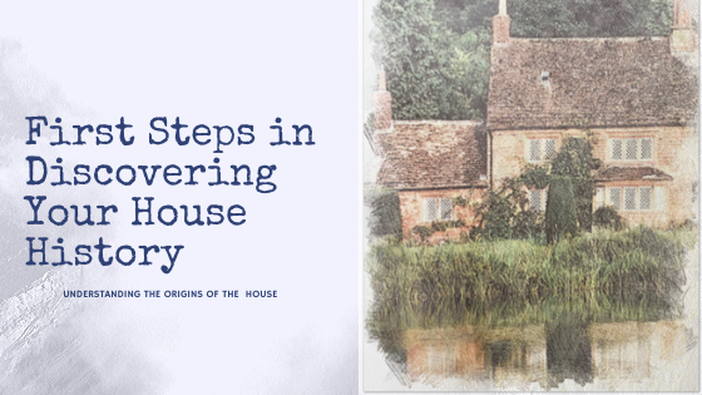
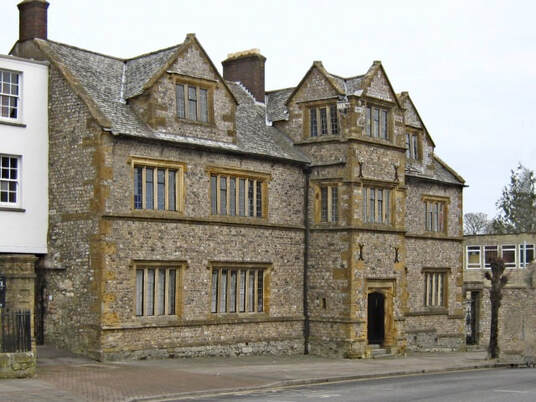
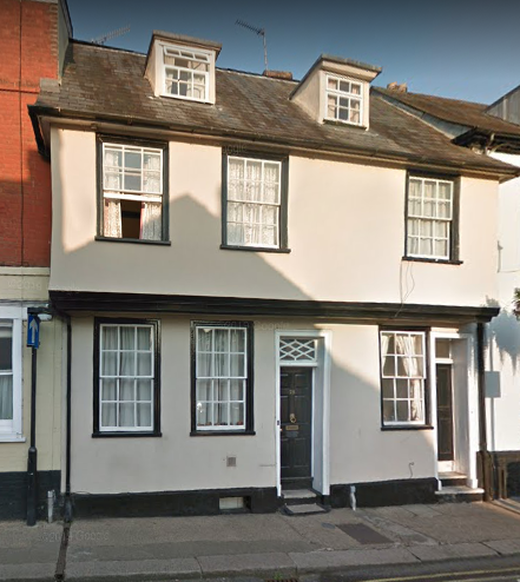
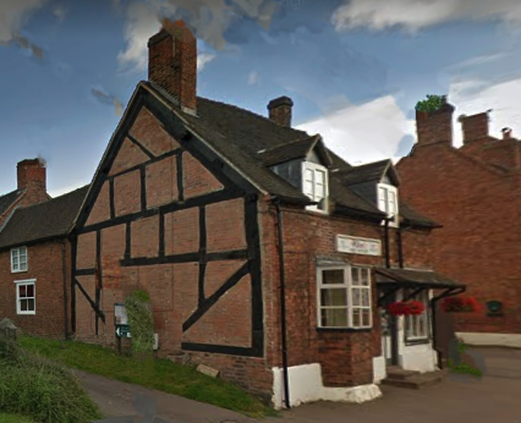
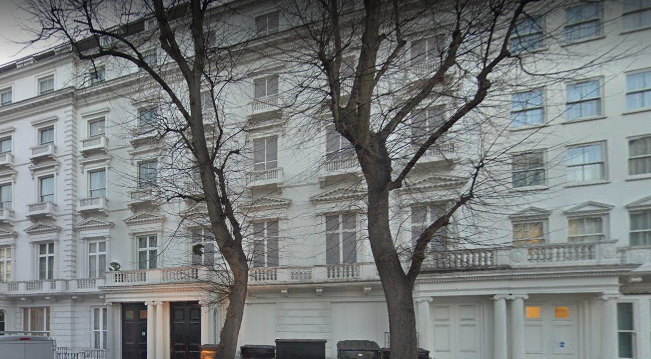
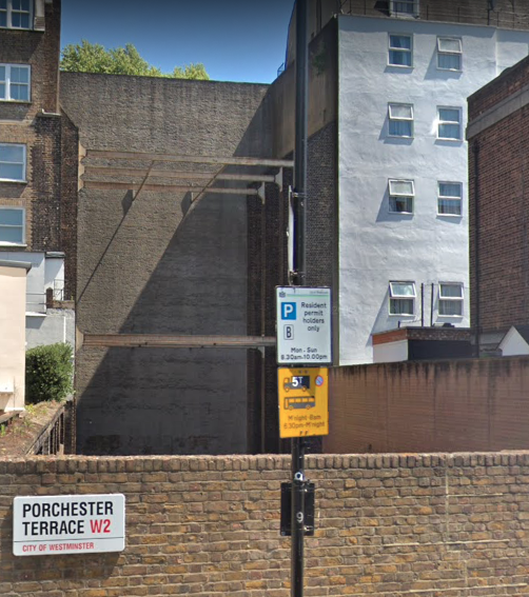
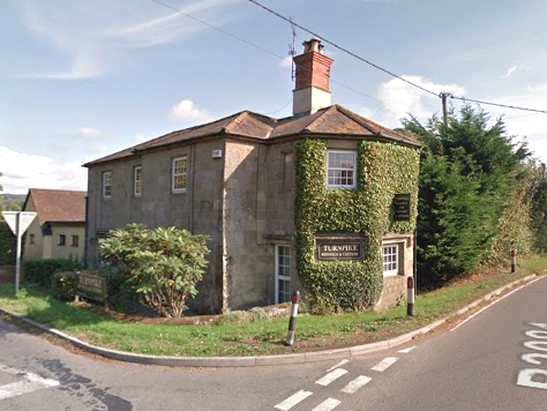
 RSS Feed
RSS Feed